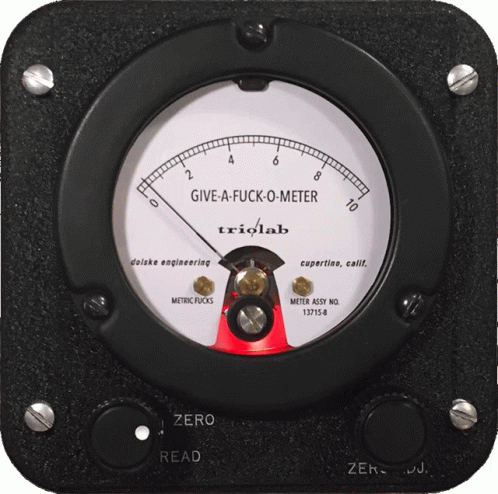Improved Anode-Circuit Parasitic-Suppression for Modern Amplifier-Tubes
--------------------------------------------------------
This is an unexpurgated, pre-edited version of the article "Improved Anode-Circuit Parasitic-Suppression for Modern Amplifier-Tubes" that appeared on page 36 in the October 1988 issue of QST. A more recent treatment of the subject appeared in the September and October 1990 issues of QST; the article is titled "Parasitics Revisited.”
--------------------------------------------------------
The traditional copper-inductor/carbon-resistor anode [plate] parasitic-suppressor has been used in vacuum-tube amplifiers for at least 50 years. Information on anode-circuit VHF parasitic suppressors first appeared in the 1926 Edition of The Radio Amateur's Handbook however, this information was inexplicably omitted from post 1929 editions. The earliest record of an anode parasitic-suppressor used in production equipment was in a transmitter built in the early 1930s by the Collins Radio Company.
Much of the reason for Collins' early success can be attributed to their understanding that, where RF is concerned, there is no such thing as a zero-potential "ground" and that:
·any wire or strap was a capacitor-inductor VHF tuned-circuit as well as a conductor,
·an "RF-choke" acted like a short-circuit at certain frequencies, and
·sometimes a resistor would make a better RF-choke than an RF-choke!
Anode parasitic-suppressor design has not changed during the last 50+ years while vacuum-tube design has changed
usually indicates an amplification factor of 100 to 240. A fifty+ year-old parasitic suppressor design that was usually successful at preventing oscillation in an amplifier tube with an amplification of 40, may not be as successful on a modern amplifier tube that has much more gain.
Modern amplifier tubes have another factor, in addition to higher voltage gain, that makes the job of the traditional inductor/resistor VHF parasitic suppressor more difficult. That factor is higher frequency capability. Ancient amplifier tubes could barely be coaxed into amplifying at 28MHz. The 203A that was used successfully in the Collins 150B transmitter had a full power rating of 15MHz.



